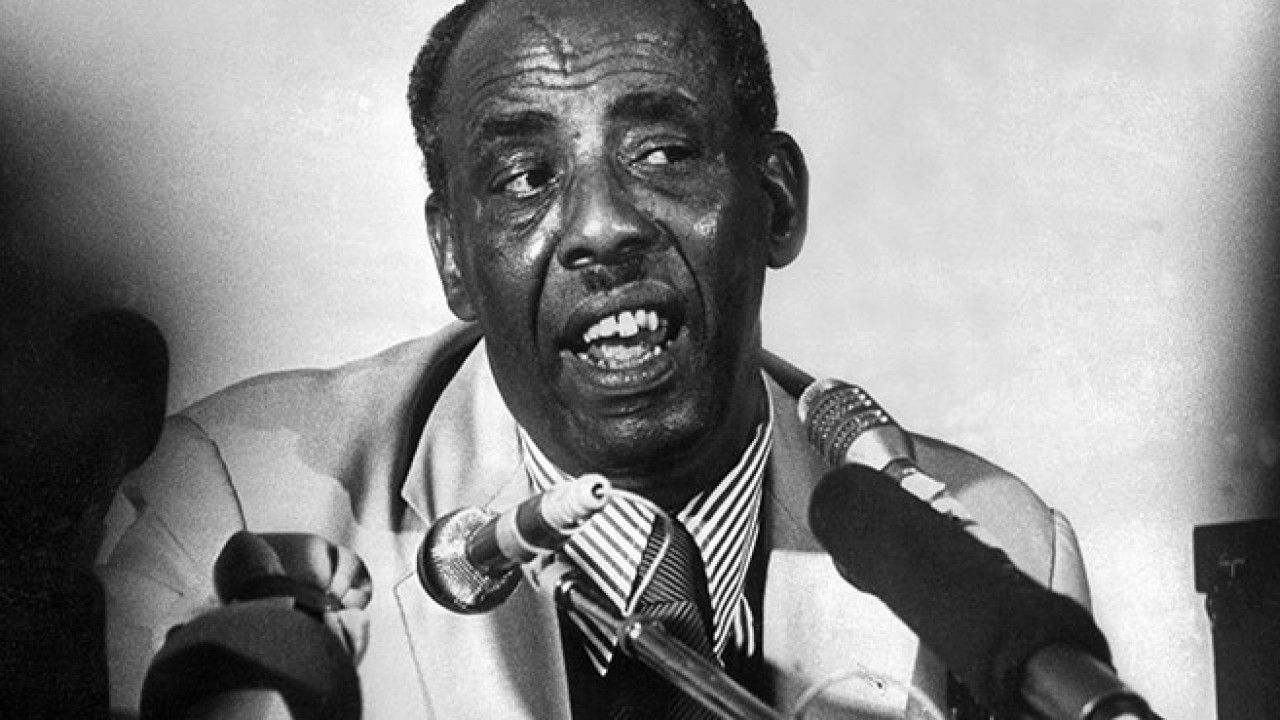@YonisDont be stupid. Somalilanders dont care about Mareehan really. Most have never even met one in real life, but we have cordial relations
We are peaceful people. We just want our independence. That's all.
You can have the South, we have the North
I think that Isaaq majority territory should be granted independence. If they have an appetite for non Isaaq territory, then we should call up Mudane General Morgan.
Yes, a mareehan friend of mine was telling me a story about a drought in Berbera in the 80s and how Siad Barre helped the victims by flying them from Berbera to the jubba valley were they started farms and started new life in the fertile south. Incredible acts of kindness and they still hate and despise Mareehan and Siad Barre, its really baffling right
It was in the famous 1974 drought. It wasnt just Isaaq refugees but reer waqooyi in general including Dhulbahante and Gudabiirsi
It was in order to populate the unpopulated regions in the south with low population
SLers could bring business and investment
But most left after a few months because the area was too underdeveloped. They were used to being near Hargeisa, Burco, Berbera, Boorama, Las Anod. Big cities and towns.
That is why there are no reer waqooyi in the South today
I hope SL starts an outreach programme in Jubadda Hoose to bring democracy and development there soon. And also to teach Af Soomaali faseex (original Af Somali aka reer Waqooyi)
Did you know that Gedo was underdeveloped even in the 70s and 80s? It would take around 3 days to drive from Jubbada Hoose to Gedo because the highway wasn't paved. And here we have @Futurist telling us that the refugees went back to their territories because the Juba Valley was mainly underdeveloped.


 Are you serious? Gedo has over half a million people. It is right next to Kenya and Ethiopia and Doolow is close to where the Juba Valley starts. It is an underdeveloped region. You telling us that we don't need roads in Gedo because there is no city with atleast 1 million people there?
Are you serious? Gedo has over half a million people. It is right next to Kenya and Ethiopia and Doolow is close to where the Juba Valley starts. It is an underdeveloped region. You telling us that we don't need roads in Gedo because there is no city with atleast 1 million people there?